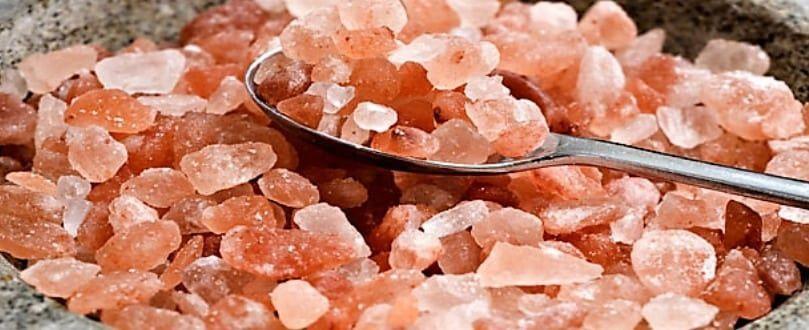
Salt is also known as sodium chloride (chemical formula NaCl) and is an essential component for every living organism. It is commonly found in nature as rock salt (table) and as sea salt (seafood). Many times you may have found yourself in a dilemma whether Himalayan Salt will be a better choice for your health than common table salt and sea salt.
To answer the above question it is good to see what Himalayan salt is, the arbitrary conclusions of which start even from its name. It is a mineral salt, which is perhaps mistakenly called "Himalayan" since the majority of salts of this type come from the Salt Range in northern Pakistan (Indus mountain range), i.e. from the foothills of the Himalayas. This salt has become particularly well known these days for the beneficial properties it promises. Here are just a few of them: It regulates (specifically lowers) blood pressure, improves the functioning of our cardiovascular system and detoxifies (in my personal opinion, a bad term) the body. Unfortunately for some, there is no scientific study that proves any of the above. Sodium, a component of salt, and therefore of Himalayan salt, is necessary for our body but at the same time responsible, when overconsumed, for the appearance of hypertension (increased blood pressure).
Specifically, approximately 2.4 g are recommended daily. of sodium, i.e. less than 6 g. of salt, corresponding to 1 teaspoon. Consuming larger amounts of these can contribute to the appearance of hypertension and not only that. Table (common commercial salt) and sea salt have the same sodium content as Himalayan Salt, which means they have the same effects on blood pressure. Their differences are found in their organoleptic characteristics (appearance, texture, taste and smell). While their main difference is the pink color that characterizes Himalayan salt. It is worth noting that several scientific studies do not consider salt as the sole cause of hypertension (Vaidya A and Forman JP 2010). Himalayan salt has also been known for its high content of micronutrients (such as potassium, magnesium, calcium).
But this "high" content, as it is characterized, is only 1 to 5% a ridiculous percentage to be considered beneficial, if we consider the amounts of salt we use in our diet even when we exaggerate.. To recap, "Himalayan" salt although with a slightly better "profile" of composition, it is by no means the salt that we can lavishly put in our diet, ignoring international recommendations and believing in special effects.
Nikos Cafetzopoulos, clinical dietitian - nutritionist
http://www.nutribase.gr/

No Comments